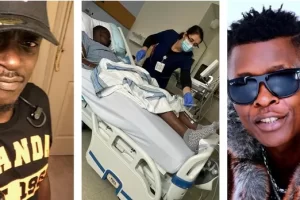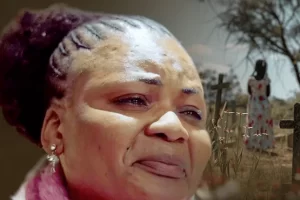A University of Toronto professor is teaming up with an international charity and a hospital in Uganda to use 3D printing technology to help child amputees in that country.

Matt Ratto and the university’s Critical Making lab were approached by Christian Blind Mission with the goal of improving children’s access to prosthesis.
The project will focus on children with amputations below the knee, and while still in its research phase, has already successfully made some protoypes. When the child enters the hospital, a 3D scan of the residual limb is made and used to generate a 3D model of the residual limb.
Using the design software, a technician digitally wraps the socket material around the digital residual limb, and it is then printed to be used by the child.
Ratto said the process could be in place in Uganda as early as next year. He estimates that printing a socket for a child takes 10 hours, compared to up to two days using a manual process.
“The model is printed on a hobbyist level 3D printer. A key part of this is to keep cost down,” said Ratto. “We aren’t doing this using half million dollar 3D printers, we are using cheap printers because we want to be able to deploy this in Africa and other developing world countries.”




